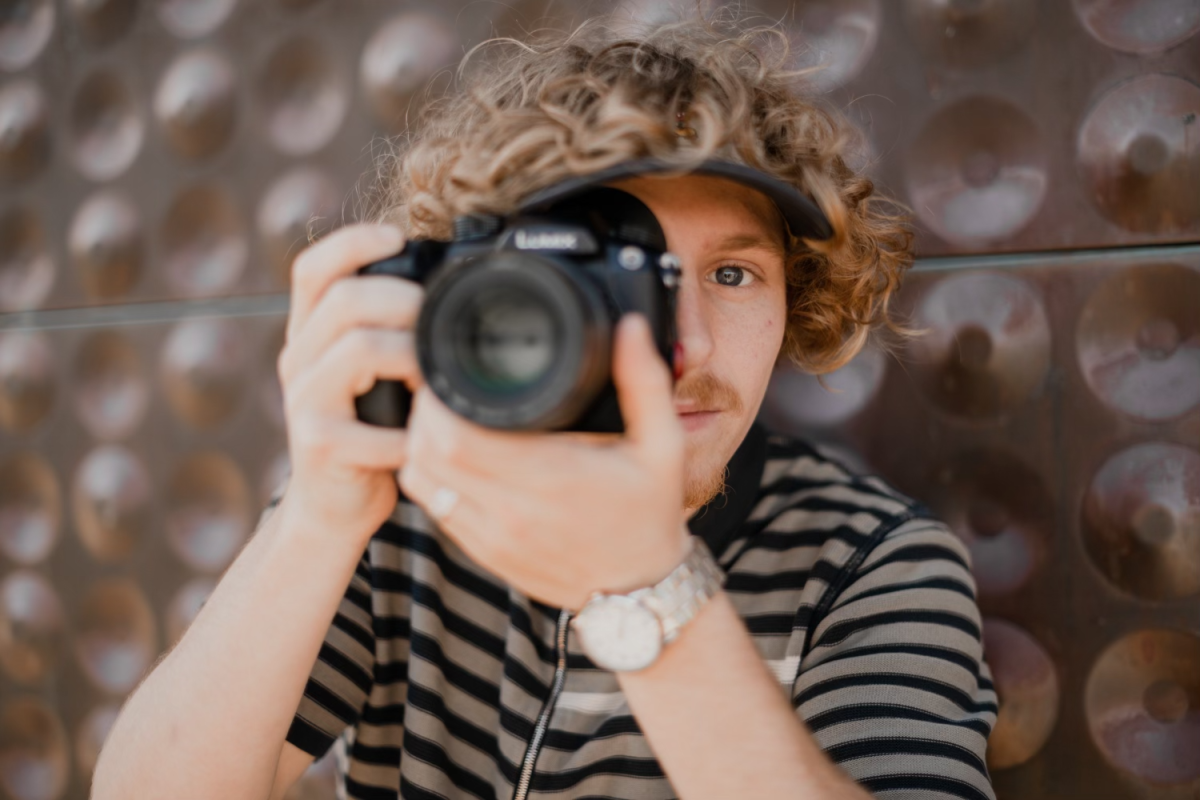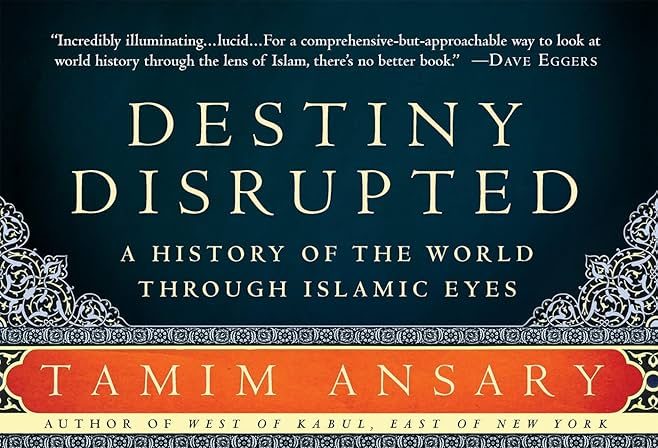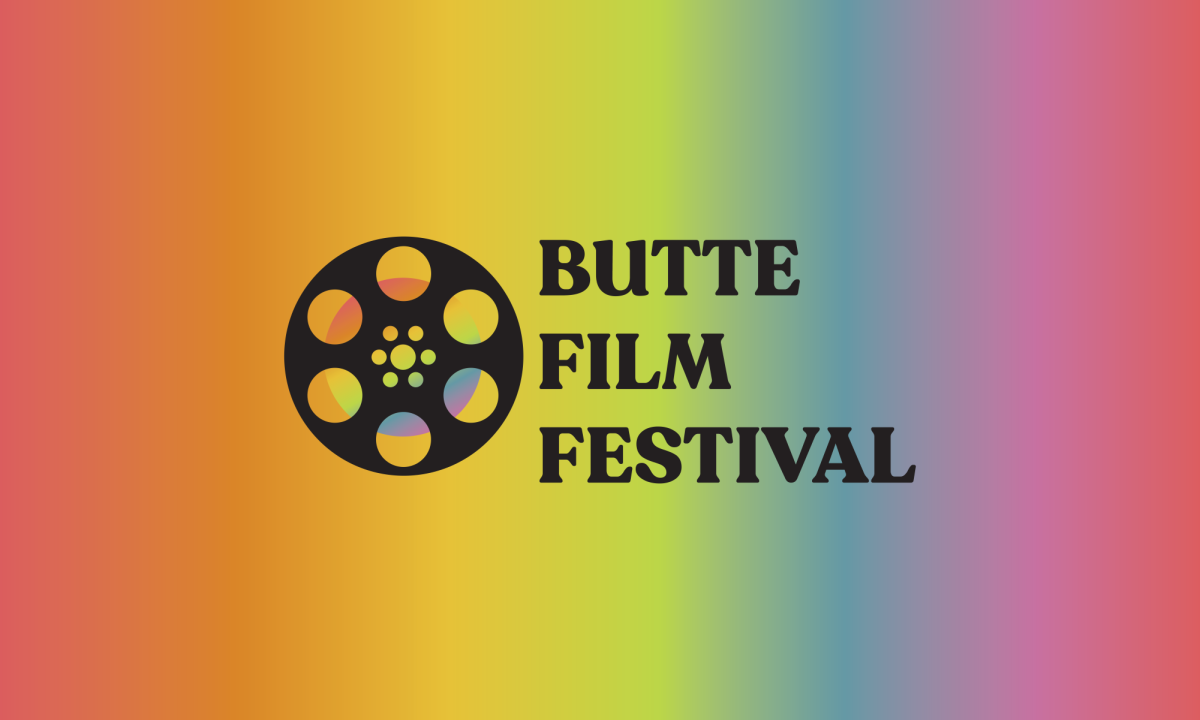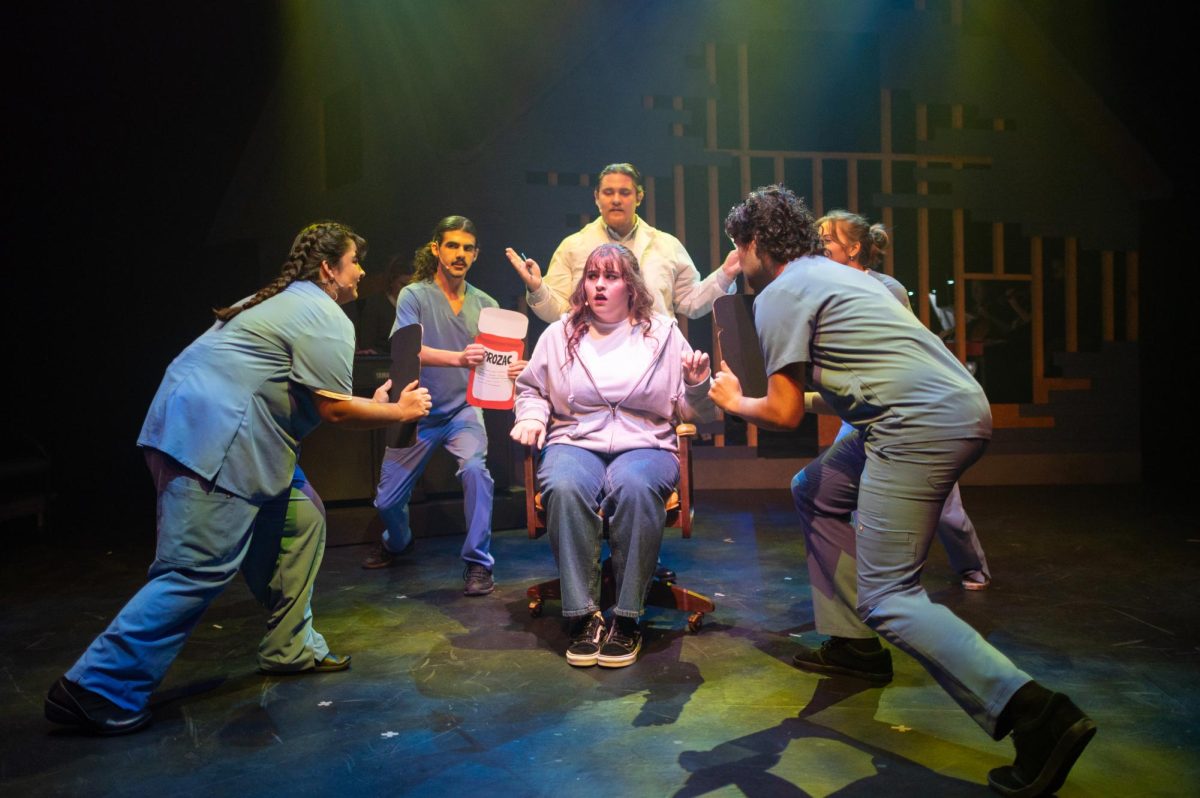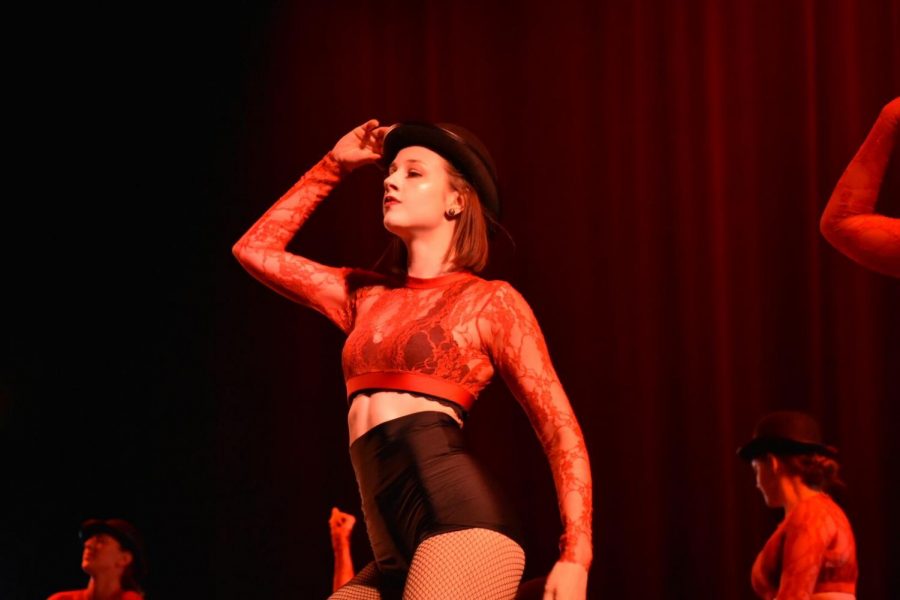
Since 1968, Catherine Sullivan has studied and been immersed in art at Chico State and now helps to ensure that art continues to thrive on campus as curator of the Janet Turner Print Museum.
She received her bachelor’s and master’s degrees both in studio arts and art history. When looking for jobs she came across one on campus working for the University Art Gallery.
“I’m sort of a working art historian,” Sullivan said. “With an art history major, you often go into college teaching or museum work. So I started working with art on that side of the fence, where you work with the actual artwork in terms of presenting exhibitions.”
Growing up, she liked to draw and figure that she would be an art major and then pursue a teaching credential for the elementary or high school level. But that goal changed once she got to college.
While at Chico State, Sullivan also studied and performed professional ballet and modern dance, and she was one of the founding members of Chico Community Ballet, which is a nonprofit organization.
“If I’m not working with something related to the field of visual arts, I’m working in the field of dance arts,” Sullivan said.
Sullivan also teaches at Chico Creek Dance Centre, where she trains and choreographs the next generation of dancers.
“I guess you would call that an avocation that turned into a profession,” Sullivan said.
Being a curator requires great organizational skills, knowledge of the various styles of art out there and aptitude to research the history of the art.
If she is not sitting down and researching, then she is walking fast and efficiently while digging through huge file cabinets of artwork or communicating with other universities about their galleries.
“Being a curator, we are supposed to know as much as possible about everything in our collections, and it’s truly impossible to know everything,” Sullivan said. “So we have to get lots of help with that.”
An important part of Sullivan’s job is handling the art in a particular way for it to maintain its life, she said.
“I also have to be understanding of collection management practices,” Sullivan said. “Making sure the artwork is handled appropriately for its preservation. Pretty much in the smaller end of museums you will wear more than one hat.”
Even though it is just one task of the job, Sullivan really enjoys researching information about certain pieces of art.
“One of my favorite parts of the job is the research part,” she said. “A lot of the pieces in the collection we don’t necessarily have full information about them. So I do enjoy the detective search to find information about works of art, in part because it often leads me through a path of meeting other people like other gallery owners or other researchers.”
With understanding the history of it all and working with her own hands, as well as organizing pieces to come together, Sullivan has gained a sense of wisdom from the art itself, she said.
“Having had the experience in my life of being a studio practice artist, I think is helpful in looking at other people’s artwork because I can relate to process,” Sullivan said. “A lot of the paper I deal with is important paper in that some artist has spent a great deal of time and effort to put that imagery and their thoughts into a work of art.”
Tom Sundgren can be reached at [email protected] or @tomsundgren on Twitter.




